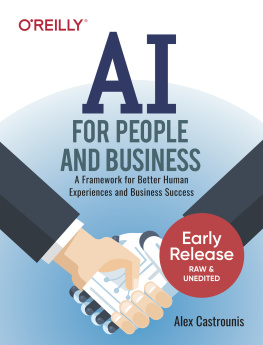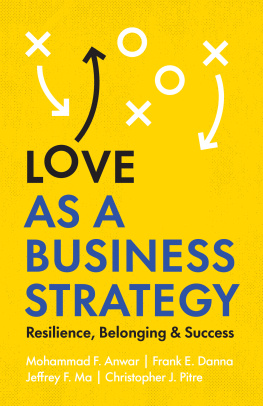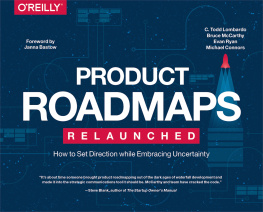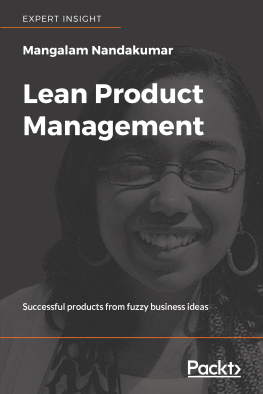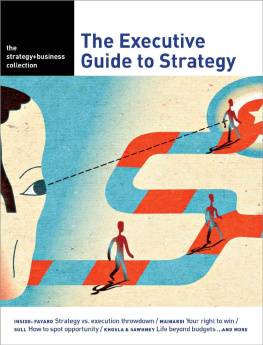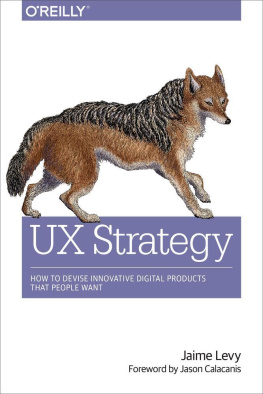The Motivation Behind This Framework and Book
Im a former racecar engineer and race strategist that competed in over 100 races worldwide, including many Indianapolis 500s. I also ran the vehicle dynamics and data science department at Andretti Autosport, which helped drive results for a four-car IndyCar racing team.
In professional motorsports, winning the Indianapolis 500 is the ultimate goal. I attended my first Indianapolis 500 when I was still in high school. If youve never been, I highly recommend it. This event is truly the greatest spectacle in racing and is the largest single day sporting event in the entire world. The track itself is the largest sporting facility in the world in terms of capacity (REF: https://en.wikipedia.org/wiki/Indianapolis_500).
The year I attended, 1992, turned out to be the closest Indy 500 finish in history, and ended with Al Unser Jr. beating Scott Goodyear for the win by 0.043 seconds! Think about that! Thats less than half of one tenth of one second after racing for almost three hours, at an average speed of 220+ MPH, and for 500 miles (equivalent of driving from Chicago to Toronto)!
I was so blown away that I walked out of the Indianapolis Motor Speedway (IMS) that day telling those with me that I would someday work in IndyCar racing, and the rest is history. Additionally, and very serendipitously, my racing career began with me working for Al Unser Jr., the driver that won the very same first Indy 500 that I attended as a kid, and as chief assistant engineer to Alan Mertens, the engineer that designed the car that Al Unser Jr. won that race driving!
Figure P-1 shows an image of an article in Racer magazine following the 2007 Indianapolis 500, where I was the race engineer and strategist for Davey Hamilton. I am shown on the right celebrating a 9th place finish after starting 20th in Daveys remarkable comeback race following 23 surgeries to reconstruct his legs and feet after a horrific and massive crash at the Texas Motor Speedway in 2001.
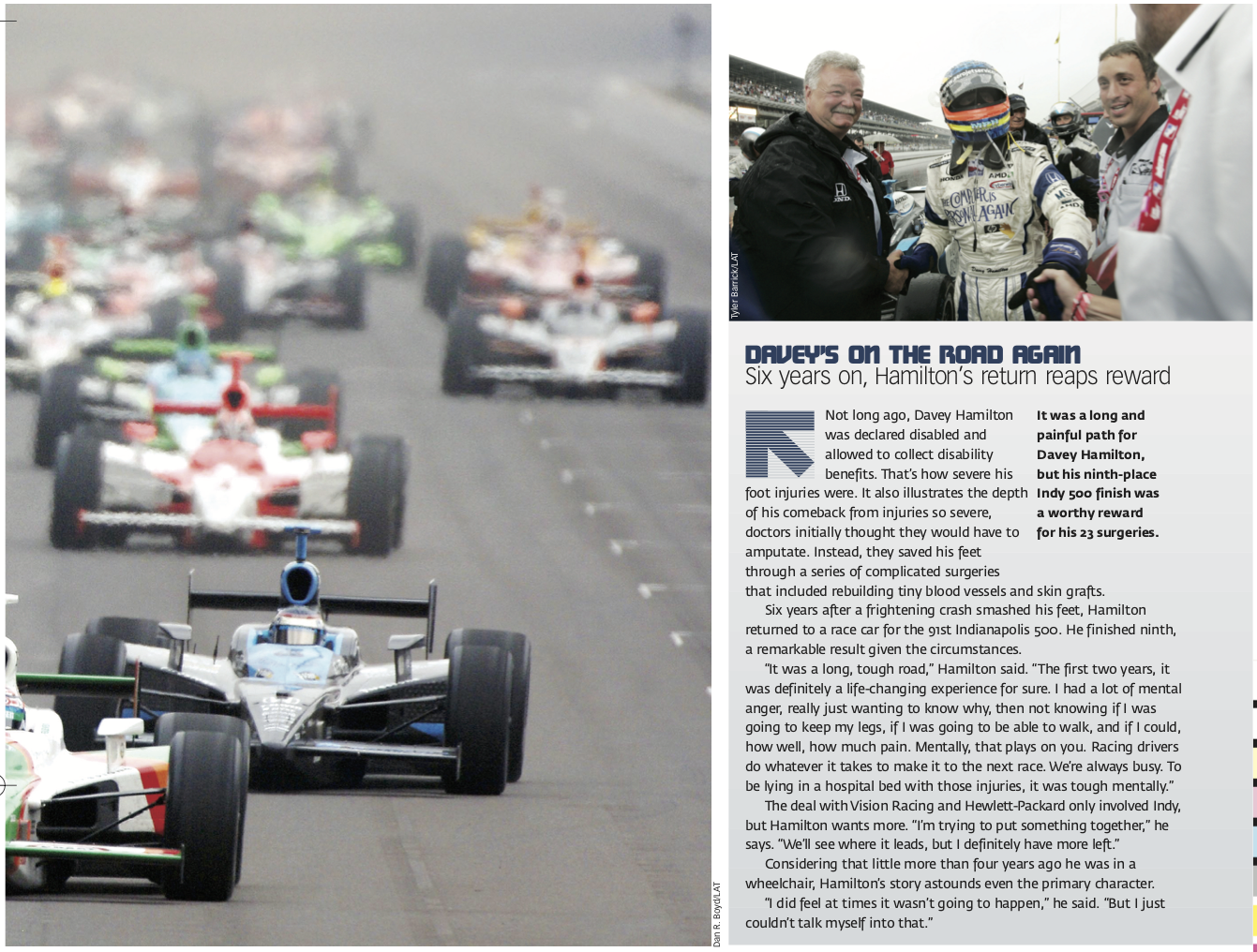
Figure P-1. Racer Magazine 2007 Indianapolis 500 Article
CITATION - Reprinted from RACER Magazine with Permission
As my racing career progressed, I quickly learned that professional motorsports involves innovation and competitive advantage creation on steroids. Racing at that level requires intense innovation, continuous optimization, perfection, advanced analytics of inordinate amounts of data, rock solid teamwork and collaboration, and the ability to execute and adapt on the fly at an often unrealistic pace. All of this while under intense pressure and accountability. Ultimately, professional motorsports is all about maximizing insights to drive decisions, actions, and outcomes in the least amount of time possible. This is how competitive advantage and results are produced.
As a racecar engineer and race strategist leveraging AI, machine learning, and data science to optimize race car setups and race strategy for a given combination of driver, track, and conditions (e.g., weather, track), I was able to help my teams win many races and podium finishes, including winning the historic final Champ Car race in Long Beach, California. I worked directly with many notable drivers and team owners, including Michael Andretti, Al Unser Jr., Jimmy Vassar, Will Power, Tony Kanaan, Danica Patrick, and Ryan-Hunter Reay to name a few.
You may be wondering what this has to do with this book, the framework its about, and AI in general? The answer is everything! Let me explain.
After about 10 years in racing, I decided to transition into the tech industry. I quickly realized that, much like in racing, companies are also constantly trying to beat their competitors to win. One thing that quickly became clear to me is that what it takes to win races doesnt only apply to racing, but also to companies, regardless of industry. While the definition of winning may be different for every company (e.g., achieving specific business profit and growth goals), what it takes to win is the same. In both racing and business, winning, and especially winning consistently, requires competitive advantage, which is the ability to understand, act, and achieve performance levels in ways that your competitors cant.
Based on my professional experience in both racing and business, competitive advantage comes primarily from two areas. First, for products with some form of user interface, competitive advantage comes from superb design, an optimized user experience, and from features that delight. Second, and most importantly in my opinion, it comes from having the right data, creating a winning strategy to leverage it, executing that strategy, and then leveraging data to continuously improve and optimize things over time.
My decision to pursue a career in tech and leave racing was based on my technical interests, experience, and expertise, particularly in data-driven innovation and competitive advantage. Since leaving racing, Ive worked for multiple industry-leading, highly innovative tech companies mostly in leadership and strategy roles, and primarily around software architecture and engineering, data and advanced analytics, and product strategy and management. I also worked in executive leadership at an IoT innovation firm running the product and data science practices, as well as an executive-level consultant managing and growing large enterprise accounts.

